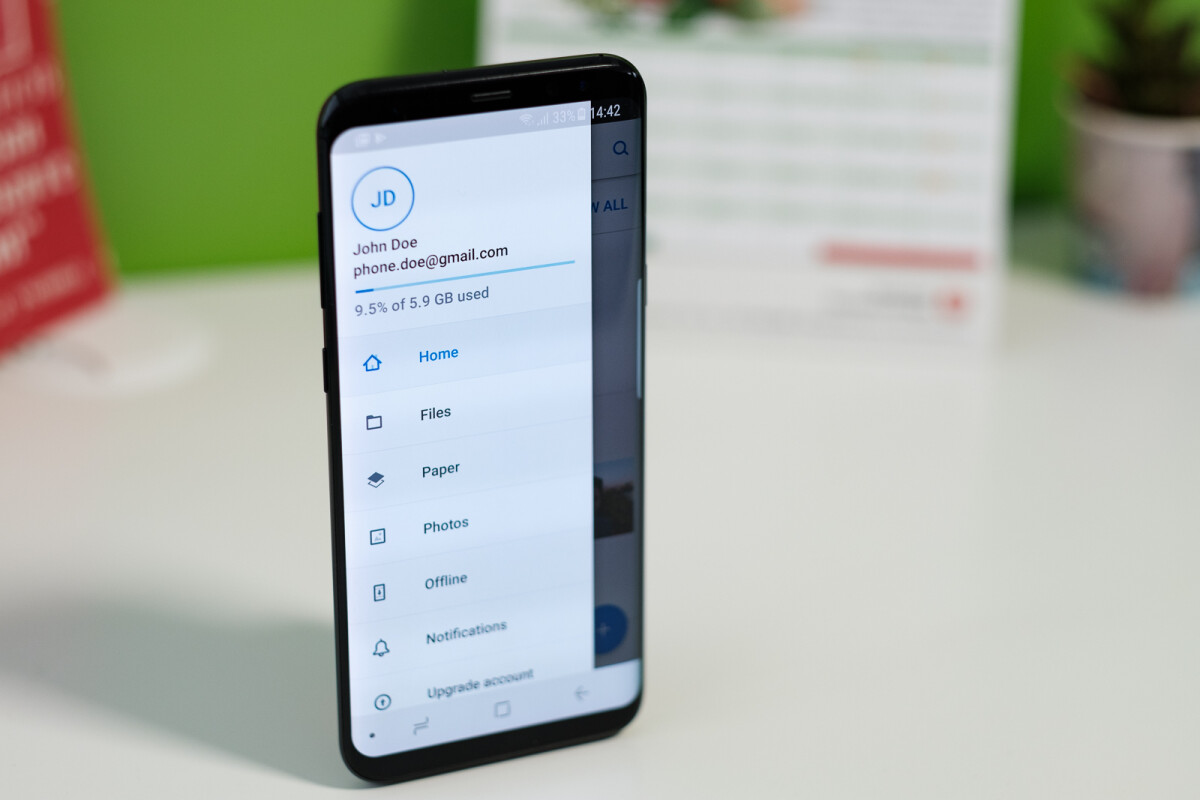
Technology is constantly evolving, and new innovation is taking place. Firstly, the users had a password to protect their accounts; multi-factor authentication was created to give an extra layer of protection. However, with time, new requirements emerged. For instance, keeping a strong password or changing the password at regular intervals which then became a matter of inconvenience. Now with new changes, we are heading towards passwordless sign-in.
Passwords once considered secure are no longer secure enough to protect different accounts. Passwords can be guessed and hacked. For instance, a laptop whose password is guessable can be operated by anyone, which can have many dangers, especially when IP addresses can be easily tracked. If you do not know the IP address of your device, use What Is My IP platform. Finding the IP address can be this easy!
Also, most users do not follow any digital hygiene while creating or securing their passwords. It is common to find users one or two passwords for all the accounts simply because it is easier to remove. The downside is that if one account is compromised, all accounts are at risk.
Therefore, big companies like Google, Apple and Microsoft are moving towards Fast ID Online Alliance (FIDO) or passwordless sign-in, which is considered both secure and convenient for everyone, especially if it becomes industry standard.
Every account requires a password. An average internet user will have plenty of accounts, a few important ones like an online bank account and a few unimportant ones like a gaming account. However, the accounts’ passwords are almost similar for easy remembrance. This makes passwords extremely unsafe.
There are plenty of other issues with passwords. With the brute force method, it is easy to generate a common username and password combination that can compromise an account. With credential stuffing, the information available in one account can be used to compromise another account. Phishing, one of the most common ways of carrying out a cyberattack, can leak a victim’s credentials. Keylogging can capture the username and password keystrokes of the users. Hence, there are many problems, which is why passwordless log-in is in the picture now.
Passwordless log–in allows passwordless authentication. In other words, it can verify the identity of the user without the need of the password. There are plenty of ways through which password log-in can be supported.
Firstly, biometrics like fingerprint or retina scans and behavioural traits will play a key role in identifying a person without needing a password. We already have a fingerprint and face scanner that enables the user to login into a device like a laptop or a smartphone without entering a password. However, its application is not still widely used in the software.
A second way to support passwordless log-in is through the possession factor. In this approach, the identity can be verified with authentication of something the user carries. It can include OTP through SMS and even codes generated by a smartphone authenticator app. We mostly see its usage in multi-factor authentication.
Further, there is an option of running magic links to the users. In this method, the user receives a magic link in their email address through which they can access their account.
Passwordless log-in is beneficial, especially for the users who use risky passwords for their accounts. Further, it enhances the user experience by eliminating the need to keep and remember different passwords. This increases the convenience of the users. Few of the major benefits of password-less authentication come in the form of improved user experience, strengthened security and simplification of IT operations.
All three prominent companies have joined together to show their support for FIDO. With the development in this segment, it will become possible for consumers to engage in passwordless sign-ins across all platforms and devices. If implemented, the user will need to sign into different services individually, on their devices. This will also enable switching passwords.
With the expansion of the services, the users will further be able to sign in without passwords both in their new and old devices via FIDO. it will eliminate the need for individual login to the different accounts. FIDO is further trying to enhance the smartphone sign-in option. If the development follows the plan, the smartphone will act as a universal key for all the users’ accounts.